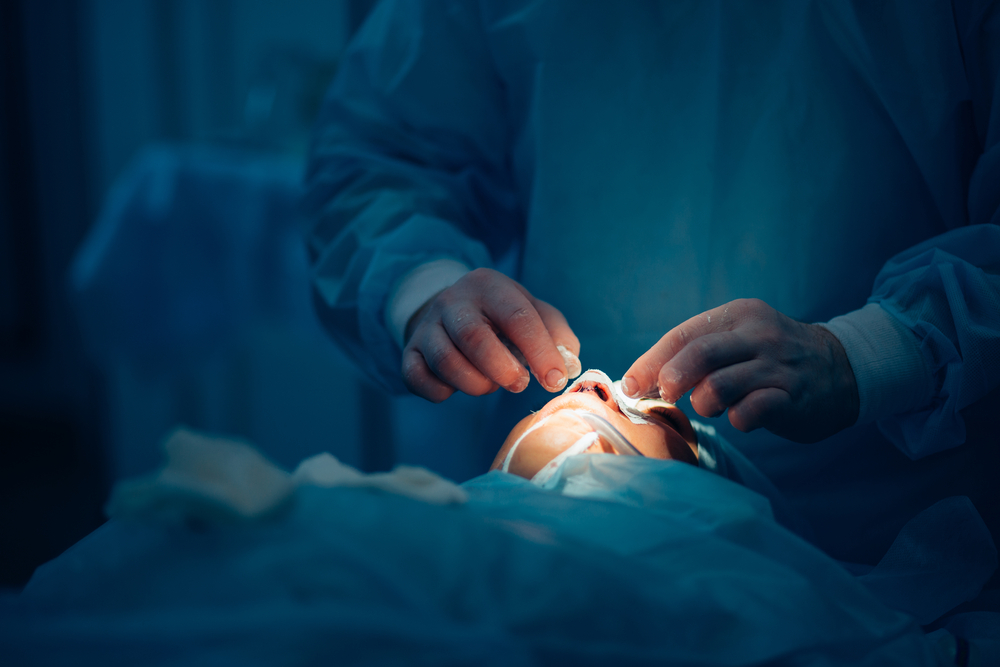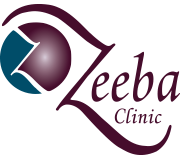
Occasionally following nose reshaping surgery, patients are not pleased with the results of their initial rhinoplasty procedure. Fortunately, respected Cleveland plastic surgeon Dr. Bahman Guyuron performs revision rhinoplasty procedures to ensure patients receive the outcome they desire. In the last five years, Dr. Guyuron has performed more than 100 revision rhinoplasties.
Revision rhinoplasty, also known as secondary rhinoplasty, is used to address the aesthetic or functional shortcomings that may present following an initial rhinoplasty procedure. Revision rhinoplasty is often performed when the overall appearance of the nose shows no improvement or possibly looks worse. In other cases, patients opt to have the procedure because they developed a complication following surgery, such as difficulty breathing through the nostrils. With more than three decades of rhinoplasty experience, Dr. Guyuron is also equipped to respond to the challenges that accompany revision rhinoplasty, including prior scarring, which adds to the complexity of the procedure.
Rhinoplasty Consultation
To get started, Dr. Guyuron will meet with prospective revision rhinoplasty patients for an initial consultation. Ideal candidates will have undergone their primary rhinoplasty 10-12 months earlier to ensure any related swelling has completely subsided. These individuals must also be able to clearly articulate what displeased them about their initial results as well as their new goal for secondary rhinoplasty.
Once it is determined revision rhinoplasty is an appropriate treatment option for a patient, Dr. Guyuron will begin to carefully plan the revision procedure. Often, he will take photographs of the nose and use digital imaging to manipulate the images in order to illustrate the expected results.
Revision Rhinoplasty Procedure
Secondary rhinoplasty is performed by making surgical incisions inside the nostrils and/or across the skin that separates the nostrils. Dr. Guyuron will then make the necessary modifications to the nose’s cartilage. Such changes may include removing or adding to the existing cartilage. If additional cartilage is required, Dr. Guyuron will take cartilage from the nasal septum, ear or a patient’s rib. Following surgery, patients can expect outcomes specific to their plan, including improvements to the nose’s symmetry, refinements to the tip of the nose or nostrils and repairs to structural deformities that impair breathing.
Recovery
Recovering from revision rhinoplasty is very similar to recovering from primary rhinoplasty. Patients can expect bruising, swelling and soreness, all of which are normal. To expedite the healing process, Dr. Guyuron recommends that patients keep their heads elevated at all times, even while sleeping.
In the first several weeks following surgery, patients should avoid any vigorous activity as well as bending, lifting and blowing their nose. It is critical that patients abstain from any activities that could result in direct trauma to the face or nose for at least two months after the procedure since any related injuries could harm the tissues as they heal or inadvertently move the nose out of proper alignment.
Several follow up appointments will be required in the weeks and months after secondary rhinoplasty. During these encounters, Dr. Guyuron will examine the patient to ensure they are healing appropriately. He will also advise a patient when to return to work and resume exercise and other daily activities.
Results
Preliminary results of a revision rhinoplasty are typically visible within a few weeks. As in the case of primary rhinoplasty, however, swelling may take up to a year to resolve. Only after 10-12 months following surgery will the true results of the procedure be evident.
It is natural for patients to feel frustrated after making the commitment of time and resources to undergo a primary rhinoplasty that delivered inadequate results. As one of the nation’s top plastic surgeons, Dr. Guyuron offers patients a second chance to attain the results they deserve through revision rhinoplasty.
